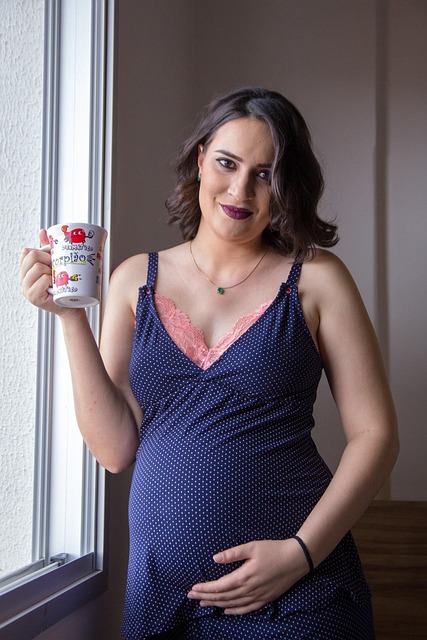I could see it in her eyes—a quick flash, a momentary glimpse of uncertainty that hit me hard. Today was “Monsters and Mummies Day” at Ava’s summer camp. While Ava isn’t fond of either, her creativity shone through as she crafted an impressive “Cat Alien” costume. (Her love for cats has been unwavering since she learned to speak, firmly established over the past nine years.)
We arrived flustered, running later than I would have preferred. My anxiety as a typically punctual mom kicked in when Ava refused to set her book aside for breakfast and getting ready until we had to raise our voices. (Books are her second love, right after cats.)
The atmosphere was bright, crowded, and filled with noise. To add to my panic, Ava’s group had been moved from their usual spot. I felt the familiar twinge of anxiety because I know my child intimately, and even before her autism spectrum disorder diagnosis earlier this year, I was aware of how overwhelming situations like these could become.
Ava is sensitive to bright sunlight, even with her sunglasses. Large crowds make her freeze up, and loud noises can send her into a tailspin. Above all, she thrives on routine, and the change was far from what she had anticipated.
Fortunately, she didn’t have a meltdown, thanks to her ongoing therapy designed to help her manage her emotions during unexpected changes. Yet, worry clouded her face, and she instinctively hunched over, trying to make herself small.
I assured her that everything would be alright and promised to help her find her group, but my heart ached for her. In a desperate search for familiarity, I asked, “Do you see anyone you recognize?” But she was fixated on the ground, her eyes brimming with tears.
“No, Mommy! They’re not where they’re supposed to be,” she replied, her voice trembling.
That’s when a counselor approached us, looking slightly bewildered yet friendly. “Hi there! I’m Ava’s counselor. Today we’re gathering over by the basketball court.”
Ava shuffled past him, not glancing back at me, unaware that I was trying to plant a reassuring kiss on her head. Clad in her quirky Cat Alien costume, complete with pointy ears and Ugg boots in the summer sun, she trudged toward the basketball court like a kid heading to her doom.
I noticed the counselor’s gaze as he looked at Ava; it was clear he saw her as different. That fleeting moment reminded me of how I used to perceive children like her.
Having taught in public schools for nearly 15 years, I’ve encountered children across the spectrum, including those with various learning disabilities and emotional challenges. I pride myself on creating an inclusive environment where every child feels valued and supported.
However, the moment I became a parent to Ava, I had to confront a difficult truth: despite my dedication to advocating for neurodiverse children, I had previously viewed them through a lens of difference. It’s uncomfortable to admit, but I often failed to see them as complete individuals with feelings and thoughts.
When that boy stood too close and spoke too loudly, I thought, “He has autism.” When that girl covered her ears and bolted from the bathroom at the sound of a hand dryer, I thought, “She has autism.” I was always focused on their diagnoses.
Ava has autism, but I often forget she does. We laugh together, share snuggles on the couch, and enjoy playing with friends in the backyard. She faces waves fearlessly during our family vacations, worries about endangered kiwi birds, and creates incredible art and poetry that leaves her father and me in stitches.
The counselor didn’t see any of that when he looked at Ava; he saw a child in a strange outfit acting withdrawn and confused. I wish he could perceive the amazing little girl beneath that exterior—a girl with a vibrant heart and a brilliant mind who simply navigates the world differently. Her diagnosis is just a tool that helps us connect with her and appreciate her unique perspective.
Perhaps one day, that counselor will come to see it too. I sincerely hope he does because the view is truly beautiful.
For further insights on parenting and navigating the complexities of autism, check out this fantastic resource on pregnancy and home insemination, as well as information that can help any parent facing similar challenges.
Summary
This article explores a mother’s experience with her daughter, Ava, who has autism. It highlights the challenges they face during a camp event, emphasizing the importance of seeing beyond a child’s diagnosis to appreciate their individuality. The piece encourages a deeper understanding of neurodiversity while reflecting on personal biases in perception.
